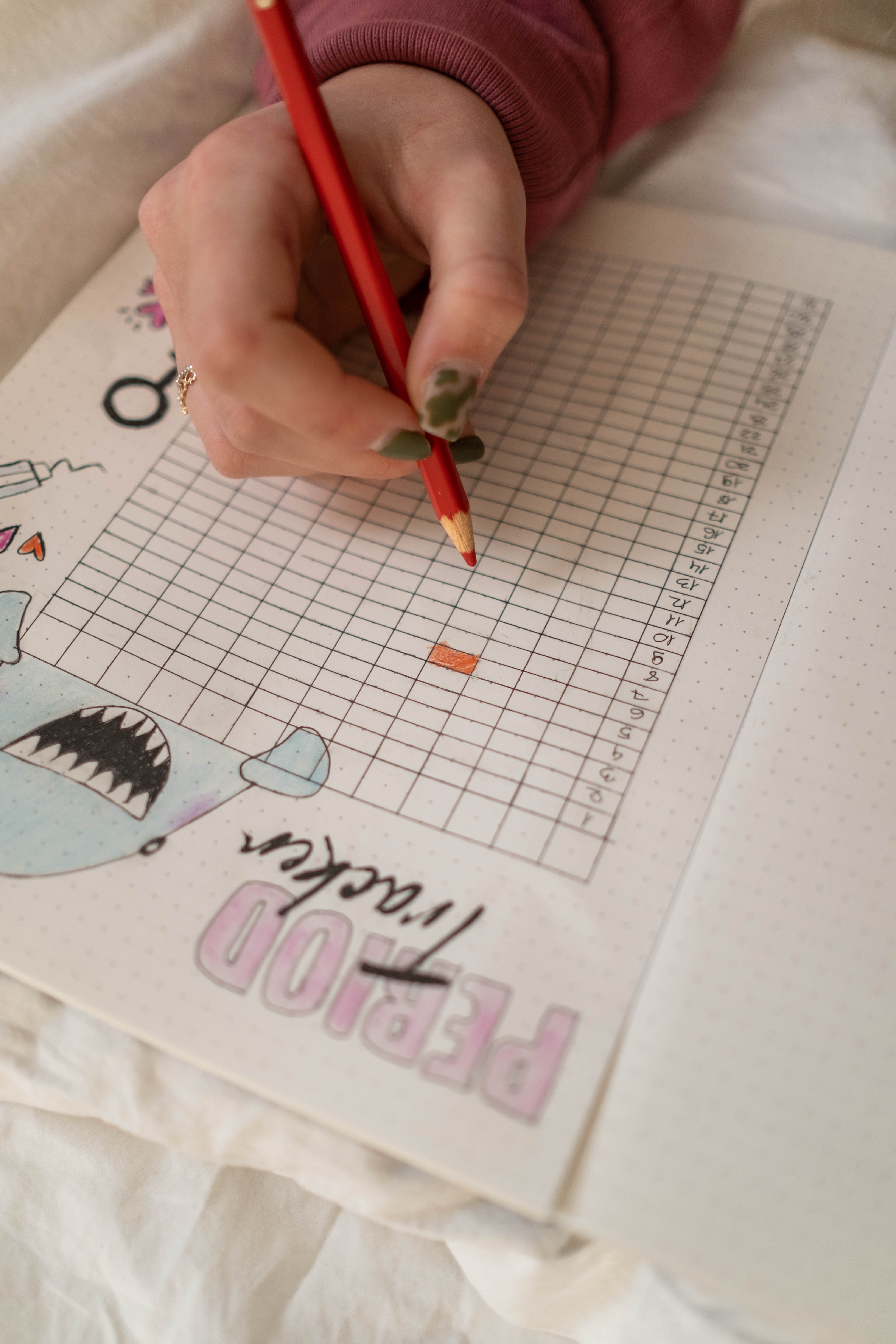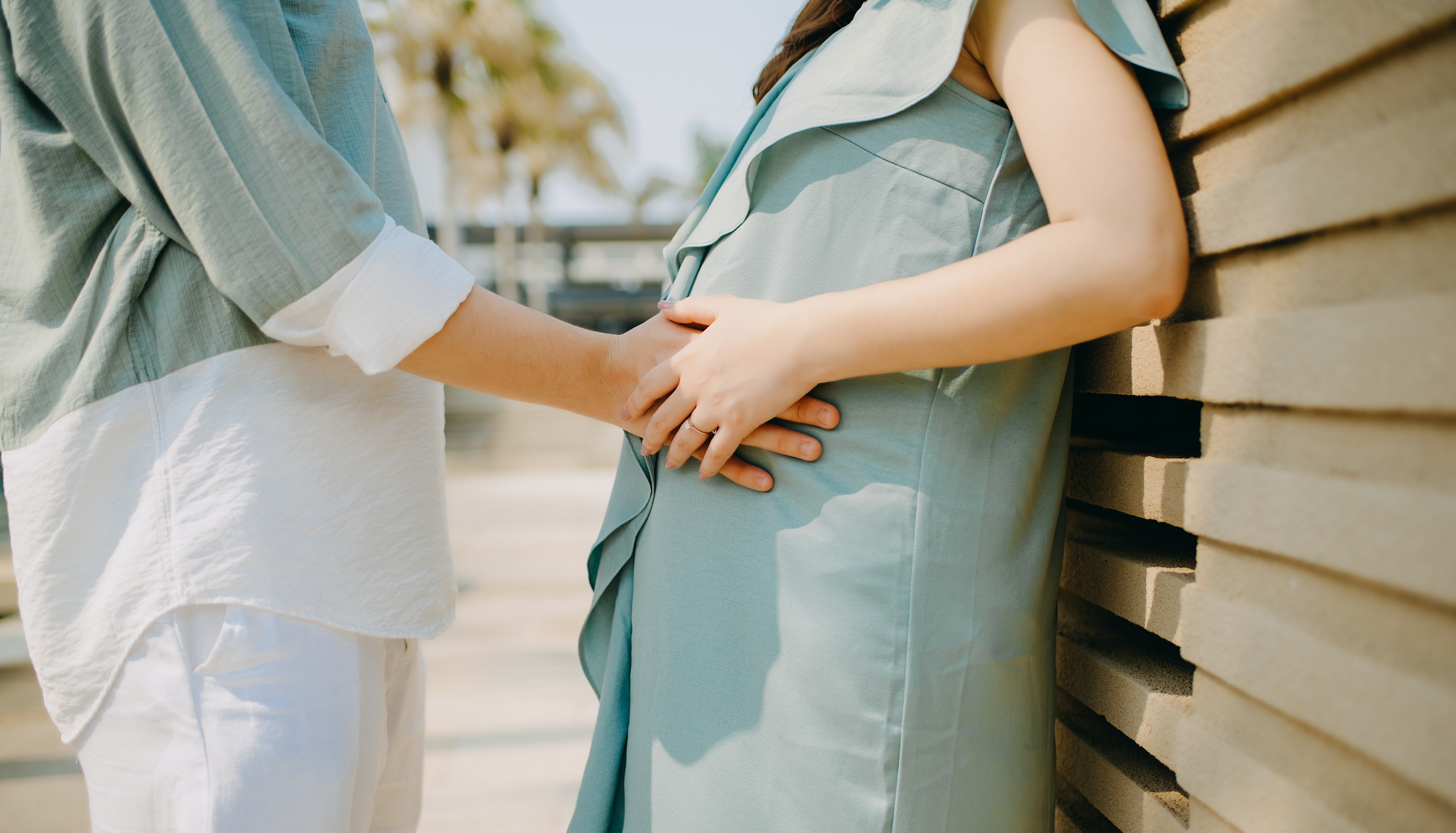
How Many Days After Ovulation Can You Get Pregnant?
by Esther on July 17, 2023 , 6 min read
Understanding the timings of ovulation and essentially the monthly cycle of a woman is crucial for people who are aiming to conceive. What exactly is ovulation? To put it simply, ovulation is the release of a mature egg from the ovaries, and it marks the most fertile period of a woman’s menstrual cycle. In this read, we will explore the concept of ovulation, how it works and look into important considerations like how many days after ovulation can one get pregnant. You may not know this, but there are ways to predict ovulation too by timing intercourse during this fertile window all while trying to conceive.
What Is Ovulation and How It Works
A mature egg is released from the ovaries during ovulation, a normal event in every fertile female's life, a woman's reproductive cycle during which it becomes accessible for fertilization. The ovaries release hormones that cause the egg to release, mainly estrogen and luteinizing hormone (LH). Usually, this procedure takes place in the middle of the woman’s menstrual cycle.
H2: How can you predict ovulation?
The likelihood of conception can be significantly increased by predicting ovulation. There are numerous ways to estimate the likelihood of ovulation. Menstrual cycle patterns, variations in basal body temperature, variations in cervical mucus, and the use of ovulation predictor kits are a few of these. These techniques can assist couples schedule sexual activity during the fertile window and offer insightful information about the time of ovulation.
How soon after ovulation should you have sex?
It is advised to have sex a few days before and after ovulation to increase the likelihood of pregnancy. While the egg is still viable for roughly 24 hours following ovulation, sperm can survive inside the female reproductive tract for up to five days. As a result, having sexual activity in the days before ovulation enhances the chance that sperm will be present when the egg is released.

What is Ovulation or Fertile Window?
The term "fertile window" describes the window of opportunity when conception is most likely to take place. It includes both the actual ovulation day as well as the days that precede it. The fertile window typically lasts six days for most women, concluding on the day of ovulation.
How to Calculate Fertile Window?
The length of the menstrual cycle must be known in order to calculate the fertile window. It usually begins five days prior to ovulation and lasts up to that day. For instance, ovulation is most likely to take place around day 14 of a 28-day menstrual cycle, therefore the fertile window would be from roughly day 10 to day 14.

Here are the steps to calculate the fertile window:
- Start by keeping track of the duration of your menstrual periods over a period of several months to determine how long your cycle will be. Write down how many days pass between the first day of one period and the first day of the following one. To create a baseline, figure out how long your periods are on average.
- Determine the estimated ovulation day: Ovulation typically happens around 14 days before the onset of the subsequent period in a typical menstrual cycle. In order to determine the day of ovulation if your cycle duration is regular, deduct 14 days from the total length. For instance, if your cycle lasts an average of 28 days, ovulation will likely take place around day 14.
- Calculate the fertile window by taking into account the days leading up to ovulation as well as the actual day of ovulation. The viable window typically lasts from the day of ovulation until about five days prior. The fertile window for our 28-day cycle example would be from roughly days 10 to 14.
- Keep an eye out for ovulation signs: Pay attention to your body's fertility indications. These include possible minor pelvic pain or twinges, a little rise in basal body temperature, and potential changes in cervical mucus consistency (becoming clear, slippery, and stretchy). You can better determine when ovulation is approaching by keeping an eye on these symptoms.
Use ovulation predictor kits: Ovulation predictor kits (OPKs) are over-the-counter products that can assist in more precisely determining the timing of ovulation. The increase in luteinizing hormone (LH) that happens a day or two prior to ovulation is picked up by these kits. For guidance on when to begin testing and how to properly interpret the results, refer to the instructions included with the kit.
Use female fertility tracking applications: You may track your menstrual cycle and determine your viable window with a variety of smartphone apps. To determine when you are most likely to be fertile, these applications frequently combine data inputs including cycle duration, basal body temperature readings, and ovulation symptoms.
Calculating the fertile window provides an estimation based on average cycle lengths. Each individual cycle will vary from person to person, as factors such as hormonal changes can affect the timing of ovulation.
How Many Days After Ovulation Can You Get Pregnant?
After ovulation, pregnancy is feasible for a brief period of time. After being released, the egg remains viable for around 24 hours, and fertilization must take place within this time. However, as sperm can remain viable in the female reproductive system for up to five days, pregnancy is still possible if the sexual activity takes place in the days before ovulation.

When Should I Talk to a Doctor about Getting Pregnant?
It might be time to see a doctor if you've been actively trying to get pregnant for a year (or six months if you're over 35) without success. They can assess your reproductive health, offer advice on whether to have sex and look into any underlying issues that might be influencing fertility in females.
Conclusion
For couples wanting to get pregnant, knowledge of the fertile window and ovulation timing is crucial. Couples can improve their chances of becoming pregnant by keeping track of menstrual cycles, keeping an eye on physical changes, and scheduling sexual activity appropriately. Because every woman's cycle is different, it's crucial to pay attention to particular patterns and, if necessary, seek medical guidance. Couples can increase their chances of becoming pregnant and beginning a new chapter in their life by being proactive and well-informed.